Travel by Photos – Photoshop CS4 has just saved Shanghai City!
In the film camera era, unless we know darkroom technique to process photo films and photo papers ourselves, we always rely on photoshops and their printing machine to deliver what we have shot. I still remembered how I insisted the shop to process and print it with zero adjustment (you know those 4 +-numbers shown at the back of photos?), so I could see what and how my old Nikon F70 could perform.
Technology has just advanced rapidly and we are now in the digital camera era (off course, die-hard film camera enthusiats today still believe film is the best way to produce the best photo). Now, we shoot mostly in digital format and our clever digital camera nowadays could and will process all our photos outright in-camera. Normally, they are capable of delivering what we shot or maybe better than what we shot (in terms of vibrancy or contrast). However, there are times when surrounding situation and environment can’t allow you to capture a scene as it is and in-camera processing engine can’t twist it to what you want it to be. Then these photos would normally be dumped into your recycle bin or deleted from your memory card.
What if those photos are critical or essential and they are only photos of some scenes of your travel? Thanks to the technology advancement and the creation of Photoshop software, we could now savage some of our unusable but critical travel photos! It happened to my photo shots of Shanghai city when we were returning to Shanghai on our 7th day of travel to South Yangtzi region of China. How and why? Please read on…
Why people always mention about Shanghai Night but not Day? It’s because Shanghai weather is so unique that the humdity and thick mist (industrial pollution as well I believe) covers the whole Shanghai city at daytime! This hazy environment has spoilt the Shanghai city at daytime! I just couldn’t take bright and clear cityscape of Shanghai when I was there last Autumn. Moreover, quality of these photos lighting have further deteriorated as I shot them through the windows glass of our couch. Look at these photos that I took in Shanghai in the late afternoon and you will understand. These photos have actually been dumped into my bin… 🙁
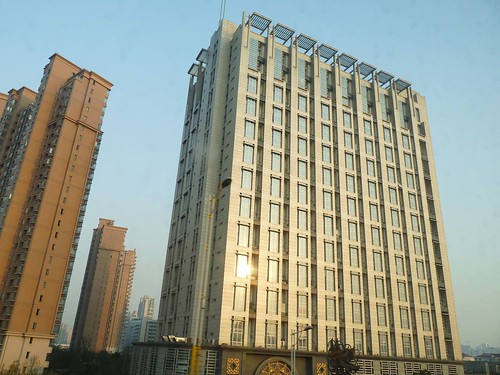
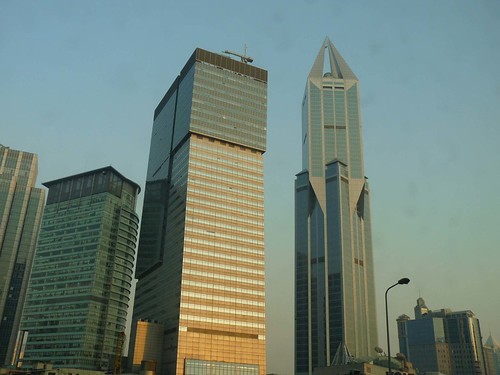
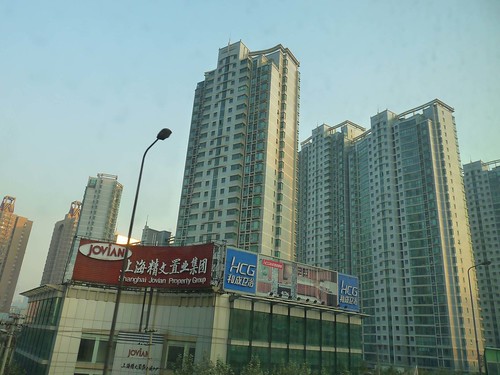
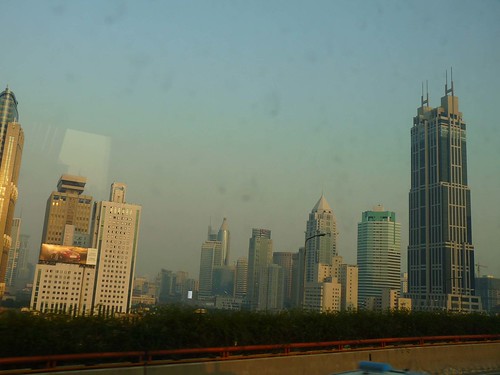


Other than the hazy feeling, you could spot some stains and filter effect from windows glass of the couch. Totally unuseable! What magic could PhotoShop CS4 do on these already been dumped photos? Here are some photos savaged by PS…
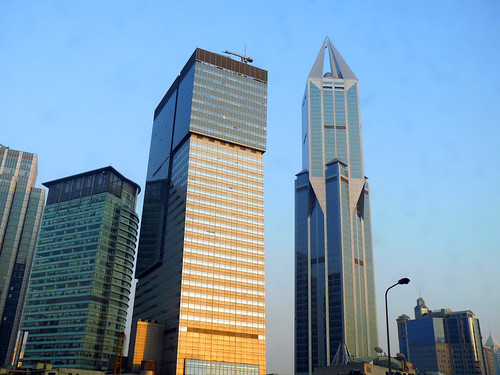
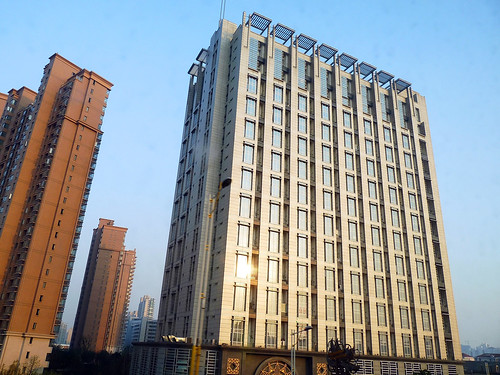


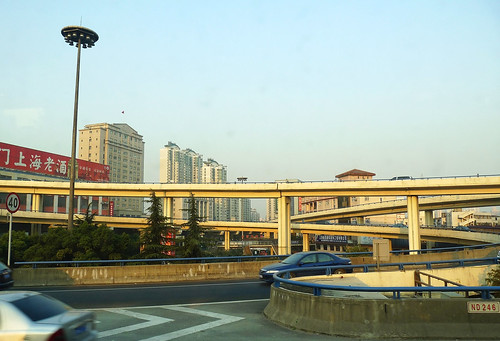
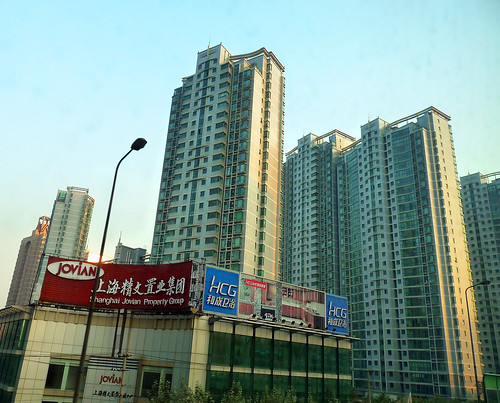
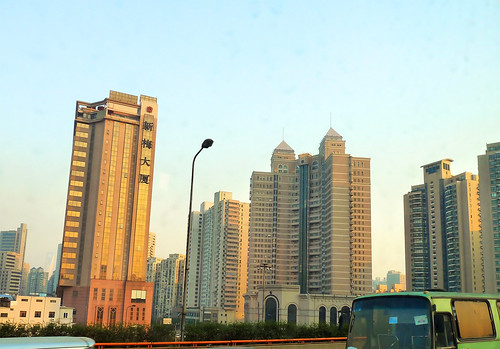

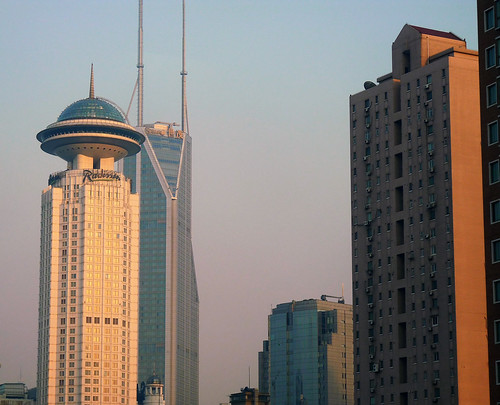
Though they are still not perfectly editted, they are at least useable now. You can still notice some inconsistencies in colour and hue setting as levels were adjusted automatically by PS. No problem to me. Also most of the filter effects and window stains of our couch have been removed! This is the power of technology advancement and Photoshop photo editting software! 🙂
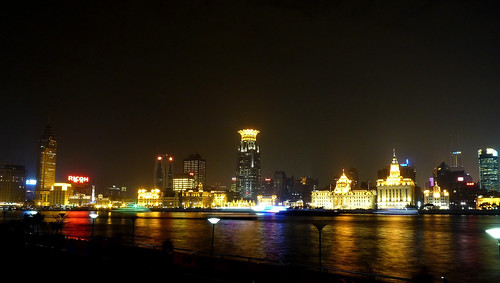
After all, Shanghai night is still the best time to unveil the beauty of the city. Strangely, mist or haze in the air suddenly dissappeared at night… What a Shanghai! (For the complete set of full size Shanghai photos, go to my Flickr Photostream.)

All photos above were captured with Panasonic Lumix FZ28



Wah so different! Mind sharing with us what Photoshop setting you use?
- December 6, 2009The first photo (before editing) looked all right. But of course, looked better after editing with Photoshop.
- December 6, 2009Just to add that it’s sad to hear that the city’s so polluted.
- December 6, 2009Photoshop has even been able to rescue some old film shots that could be scanned and enhanced into an OK photo. Some tips on what process you used to do the enhancing would be nice.
- December 8, 2009.-= Mark H´s last blog ..Book Review: Surviving Paradise (Peter Rudiak-Gould) =-.
@Che-Cheh and @Mark,
- January 1, 2010Sorry guys for the late reply. About the setting I used to enhance those ‘bad’ shots in PS is very simple. Firstly is to adjust the level of the photo to maximise the brightness and contrast without clipping it. Then you could adjust the colour balance if you like to correct the White Balance. That’s it! Sharpen it and reduce the noise then save it into a different file. It’s so simple, isn’t it? 🙂